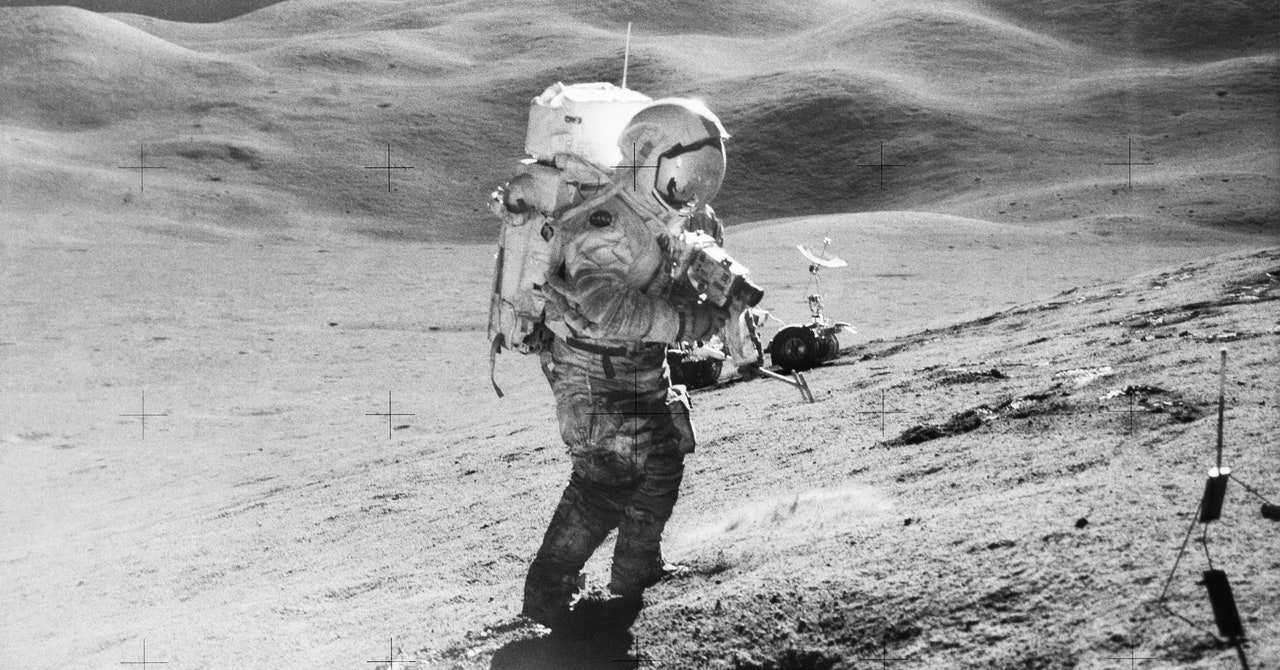
Even if the magnitude of the gravitational force and the buoyancy force were equal, having a different location for the center of mass and buoyancy will mean the object (or human) won’t be in equilibrium. Here’s a quick demonstration that you can try. Take a pencil and place it on a table so that it’s pointing away from you. Now put your right and left fingers somewhere near the middle of the pencil and push them towards each other. If you push with equal force with both fingers, the pencil just stays there. Now push towards the tip of the pencil with your right hand and towards the eraser with your left hand. Even if the forces are the same, the pencil will rotate.
This is exactly what happens with the gravitational and buoyancy force on an underwater person. If the gravitational and buoyancy forces push with equal and opposite magnitudes, the person could rotate if their center of mass and center of buoyancy are in different locations.
There’s another problem with walking underwater: the water. Here’s another experiment. Take your hand and wave it back and forth as though you are fanning some air. Now repeat that underwater. You will notice that in water, it’s much harder to move your hand. This is because the density of water is around 1,000 kilograms per cubic meter, but air is just 1.2 kg/m3. The water provides a significant drag force whenever you move. That’s not what would happen on the moon, since there’s no air. So it’s not a perfect simulator.
But still, this underwater method has an advantage: You could build the floor of a pool so that it looks just like the surfaces you want to explore on the moon.
The Einstein Method
Albert Einstein did much more than develop the famous equation E = mc2, which gives a relationship between mass and energy. He also did significant work on the theory of general relativity, describing the gravitational interaction as a result of the bending of spacetime.
Yes, it’s complicated. But from that theory, we also get the equivalence principle. This says that you can’t tell the difference between a gravitational field and an accelerating reference frame.
Let me give an example: Suppose you get in an elevator. What happens when the door closes and you push the button for a higher floor? Of course, the elevator is at rest and needs to have some velocity in the upward direction to accelerate upward. But what does it feel like when the elevator accelerates upward? It feels like you are heavier.
The reverse happens when the elevator slows down, or accelerates in the downward direction. In this case, you feel lighter.
Einstein said that you can treat that acceleration as a gravitational field in the opposite direction. In fact, he said there is no difference between an accelerating elevator and real gravity. That’s the equivalence principle.
OK, let’s go for an extreme case: Suppose the elevator was moving with a downward acceleration of 9.8 m/s2, which is the same value as the Earth’s gravitational field. In the reference frame of the elevator, you could treat this as a downward gravitational field from the Earth and an upward field in the opposite direction due to the acceleration. Since these two fields have the same magnitude, the net field would be zero. It would be just like having a person in a box without any gravitational field. The person would be weightless.


